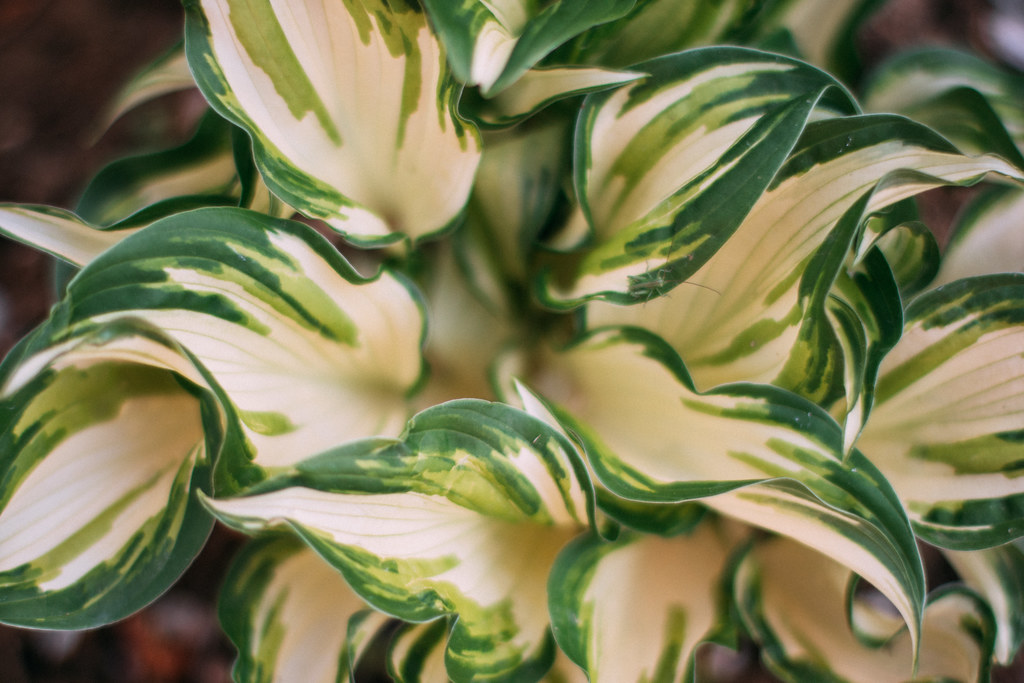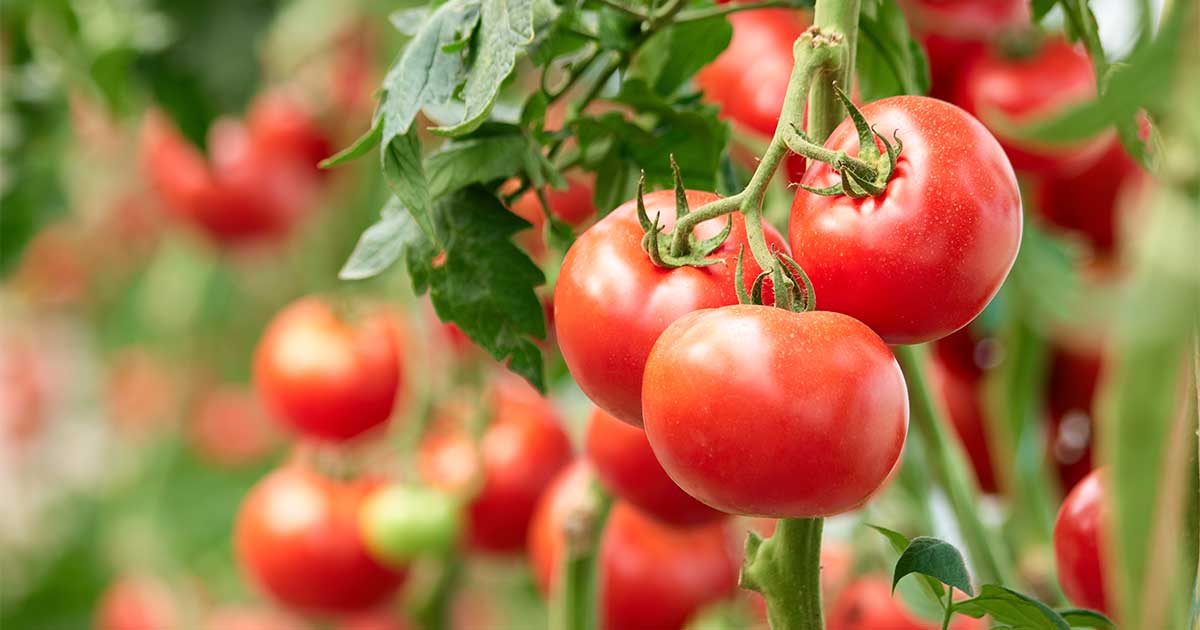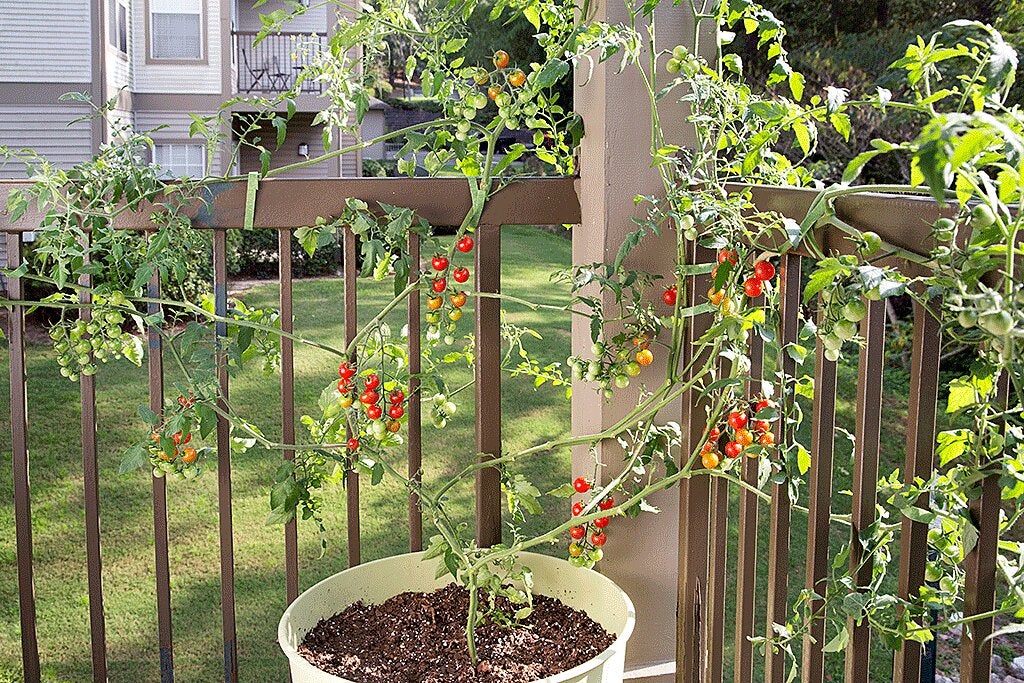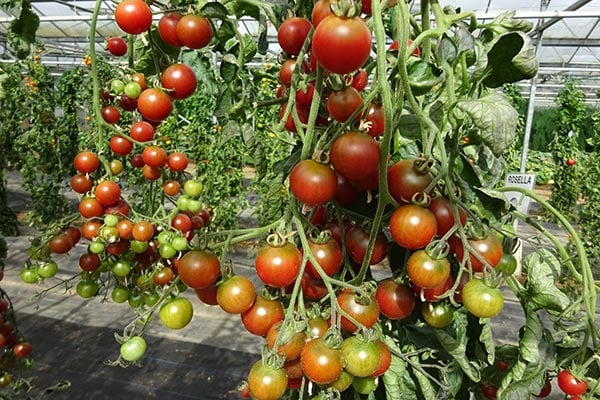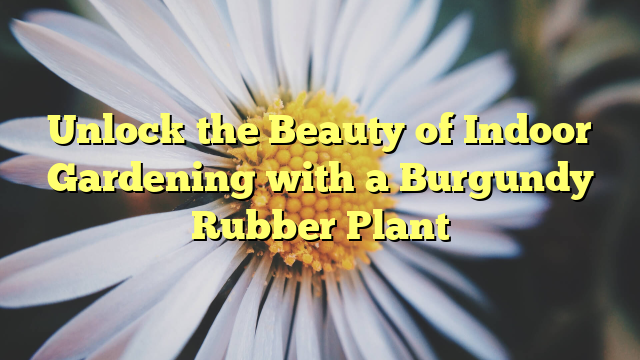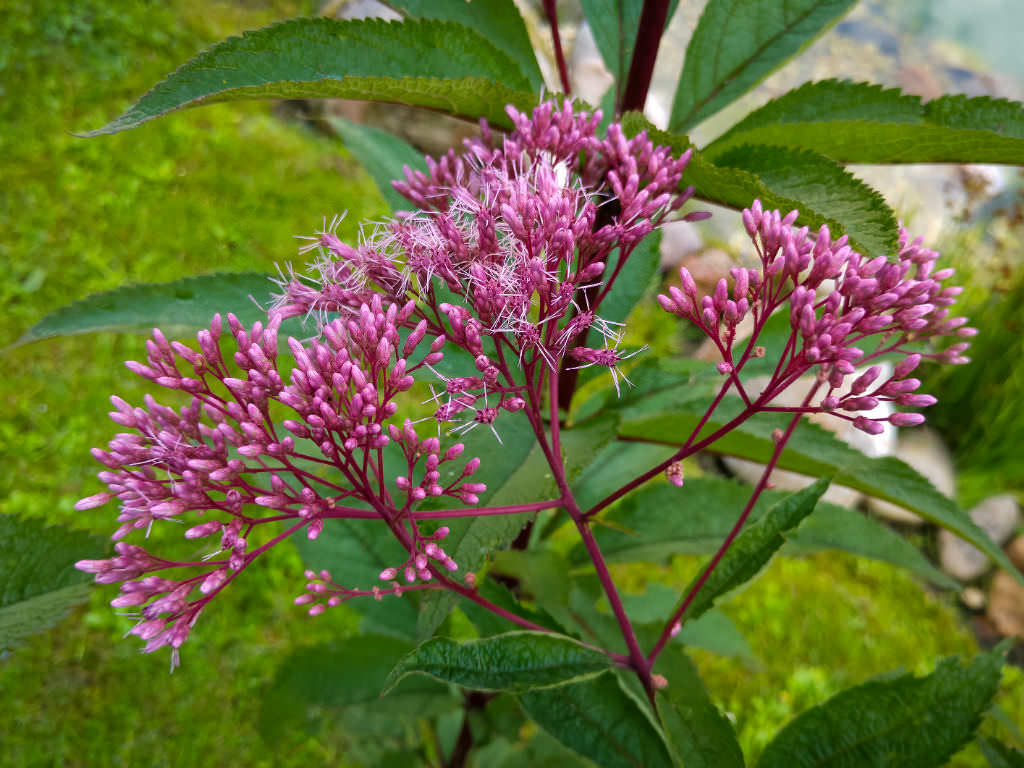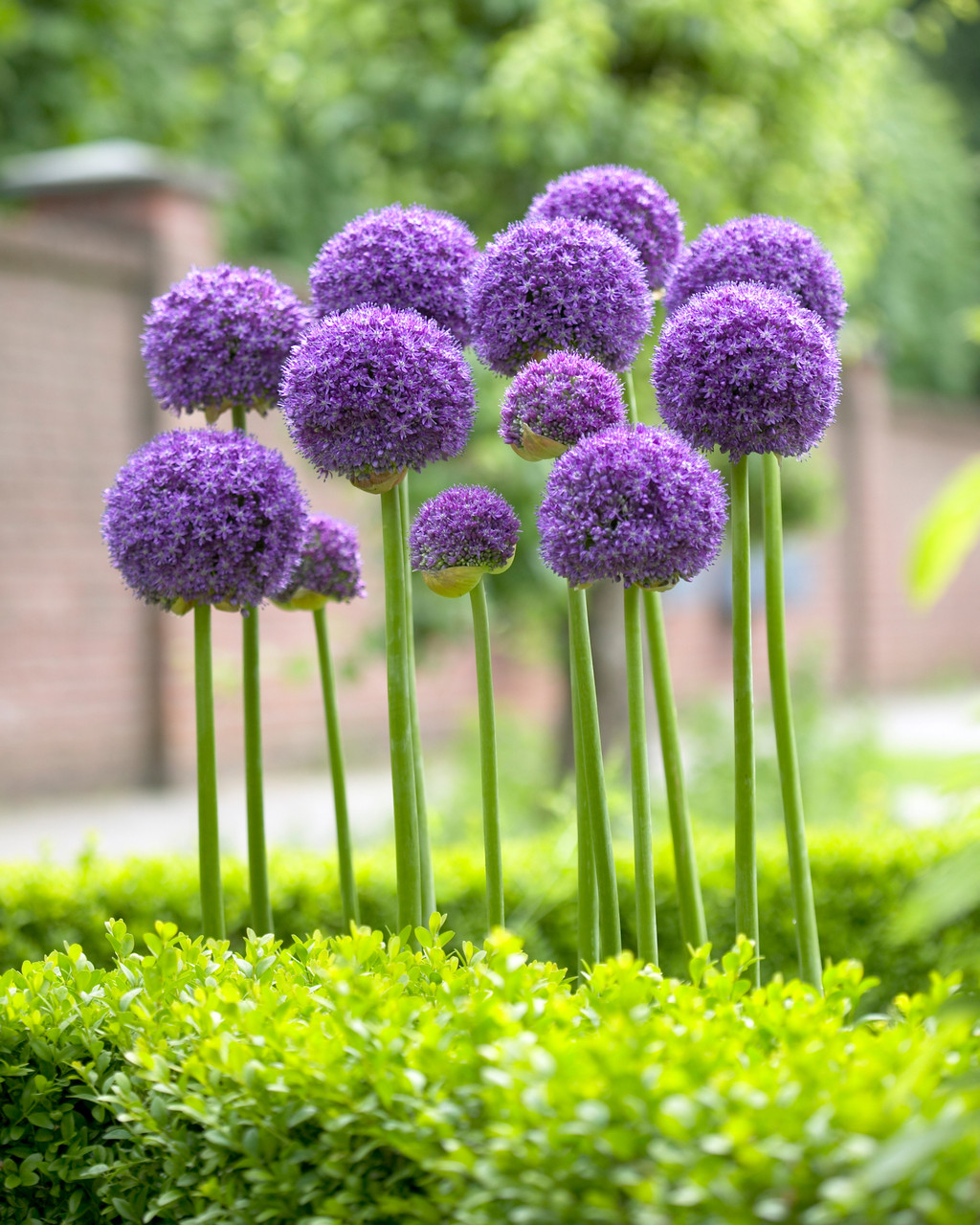Green and White Leaf Plant, stands out as a favored choice among plant enthusiasts, introducing a refreshing visual appeal to indoor spaces. Characterized by lush green leaves adorned with contrasting white patterns, these plants are diverse, coming in various species, each with its distinct leaf shapes and sizes.
What makes these plants especially appealing is their adaptability to indoor conditions, thriving with moderate light and forgiving watering requirements. Beyond their decorative role, these green and white leaf plant, including popular varieties like Pothos and Spider Plants, are recognized for their ability to purify indoor air, enhancing overall air quality.
Suitable for both beginners and experienced gardeners, these indoor plants are valued for their low-maintenance nature and resilience. Whether placed in hanging baskets, stylish pots, or on shelves, they infuse spaces with a natural charm, contributing to a serene and aesthetically pleasing atmosphere. The enduring popularity of green and white foliage underscores its timeless allure, making these plants integral to indoor gardening and interior design, fostering both beauty and well-being in indoor environments.
Pothos (Epipremnum aureum):
Green and White Leaf Plant, Commonly known as devil’s ivy, Pothos is the best choice for green and white foliage indoors. Its heart-shaped leaves have distinctive green, white or yellow hues and add elegance to any space. Pothos is incredibly adaptable and can thrive in a variety of lighting conditions, making it an excellent choice for beginners and gardeners alike. This perennial plant is known for its air-purifying properties, making it a beautiful and healthy addition to homes and offices.
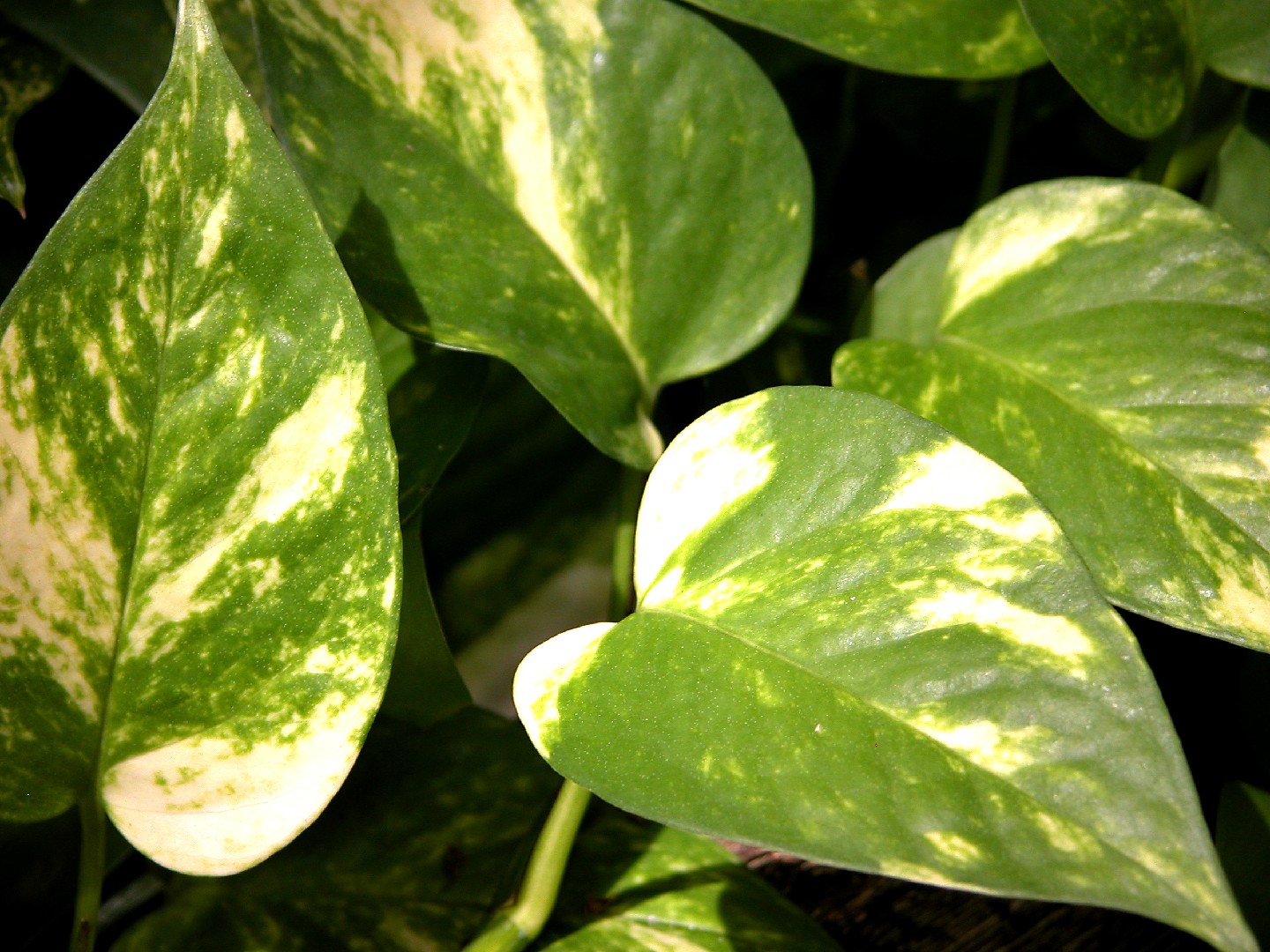
Chlorophytum comosum:
Green and White Leaf Plant Chlorophytum comosum, known for its curved leaves and air purifying properties, is a classic indoor plant with green and white leaves. This variegated variety displays green and white striped leaves, creating a visually stunning appearance. Spider plants are known for their hardiness and adaptability to different light conditions. They are especially suitable for hanging baskets and adding a new touch to vertical spaces. Requiring minimal maintenance and capable of producing spiders, this plant is perfect for those looking to enhance their indoor space with a beautiful growing option.
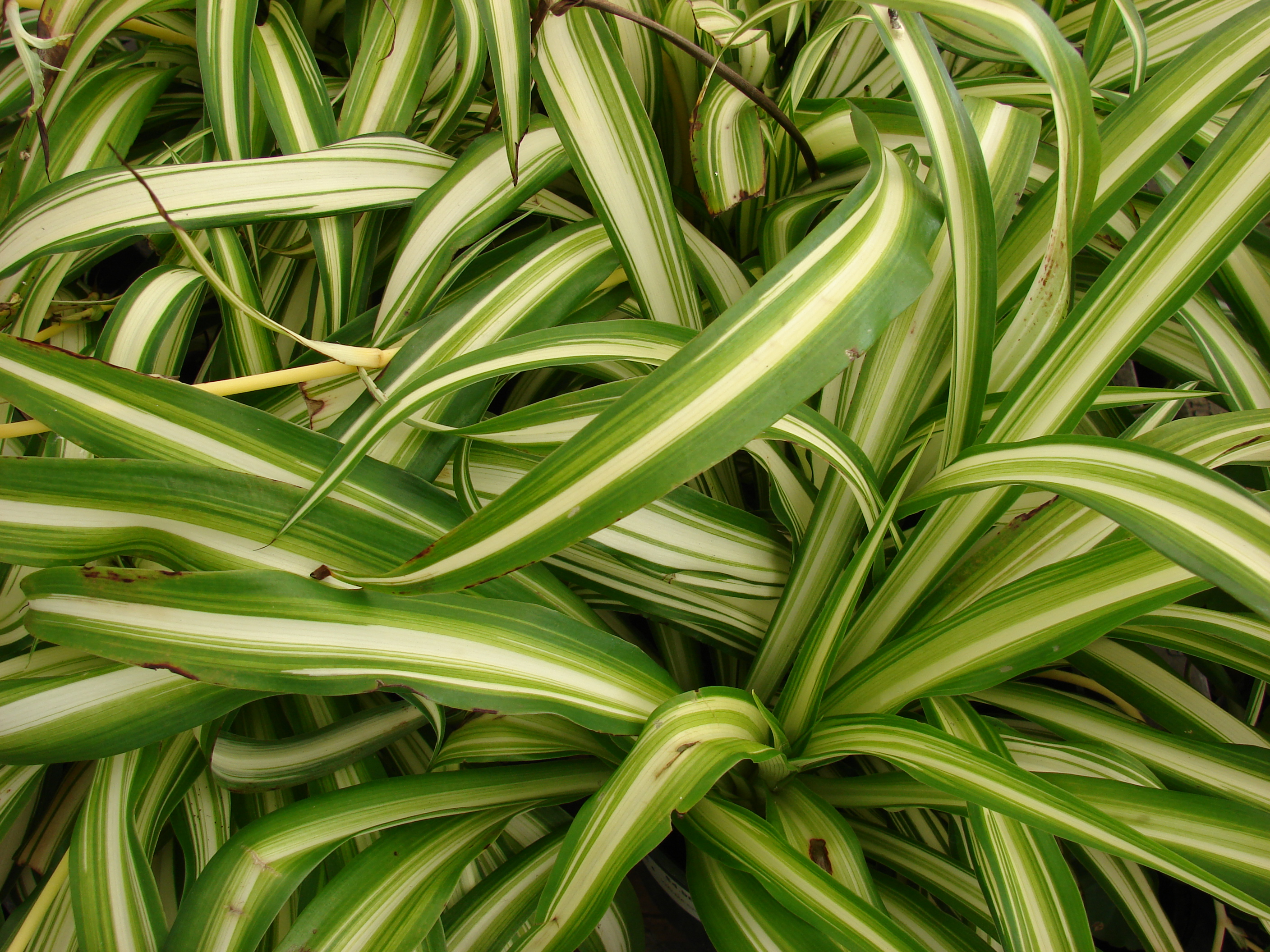
Peace Lily (Spathiphyllum spp.):
Green and White Leaf Plant, Peace lilies are known for their beautiful white flowers and are also available in variegated options with green and white petals. A variety such as ‘Domino’ is characterized by bright green leaves decorated with white patterns. Peace lilies are known for their air-purifying properties and thrive in low to medium light, making them a good choice for indoor environments. With their beautiful appearance and tolerance for occasional neglect, peace lilies add tranquility to the living space while helping to improve air quality.
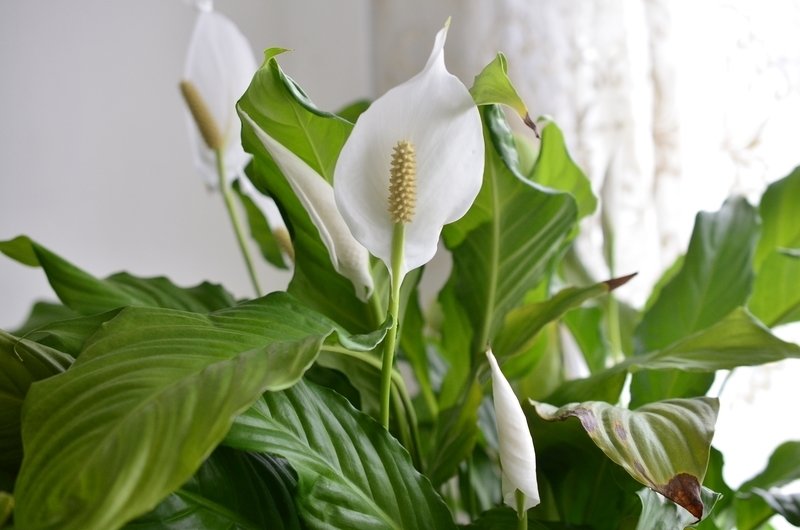
Dieffenbachia spp.:
Dieffenbachia, or fool’s vine, is an excellent houseplant with large, tropical leaves in mixed shades of green and white. Its beautiful foliage makes it a popular choice for adding a touch of warmth to your interior. Dieffenbachia is a low-maintenance plant and can tolerate low light, but likes bright, indirect light. Although care with its water is necessary, proper drainage and regular watering make this plant a beautiful and easy-care addition to the home and garden.

Calathea varieties:
Green and White Leaf Plant, Calathea species such as Calathea lancifolia (rattlesnake plant) and Calathea orbifolia are prized for their green leaves and green and white colors. Thanks to its unique response to light, the leaves open and close every day. Calathes love indirect light, moisture and regular soil, making them suitable for good care in a good indoor setting. The beautiful beauty of Calathea plants makes them attractive to those looking for beauty and visual beauty in the greenhouse.


